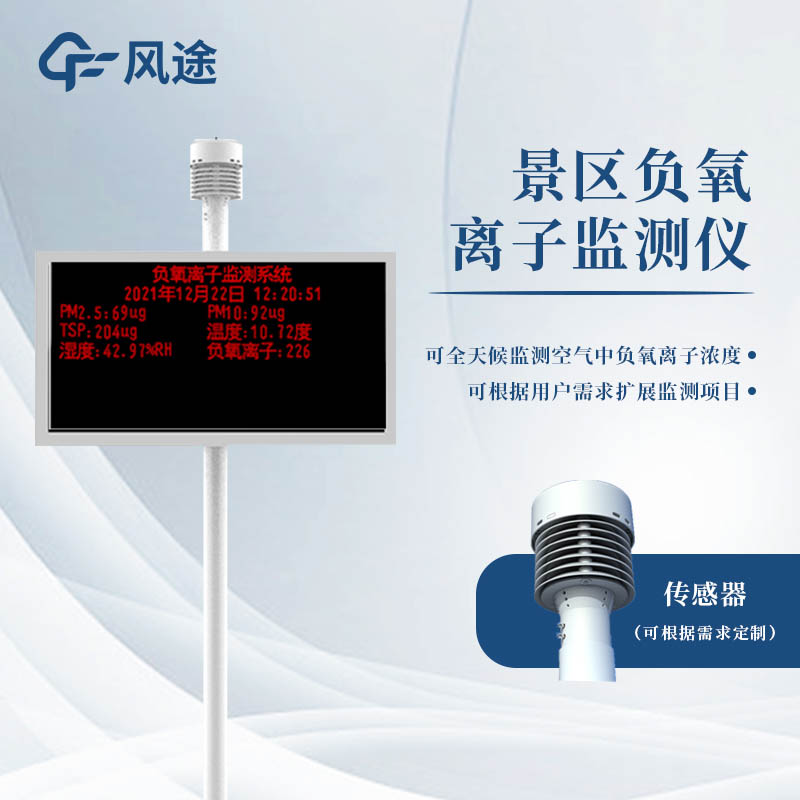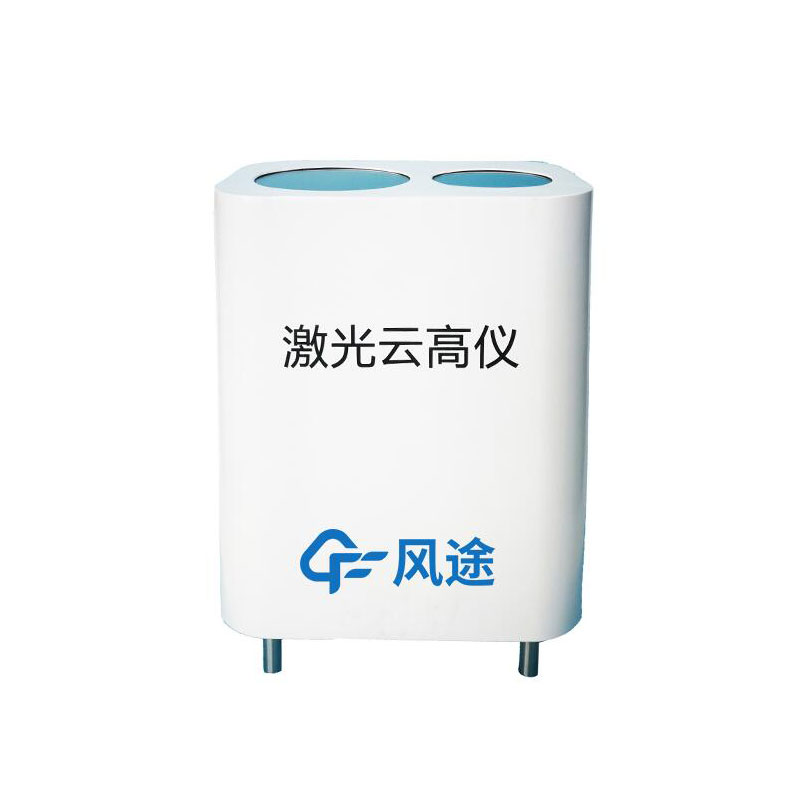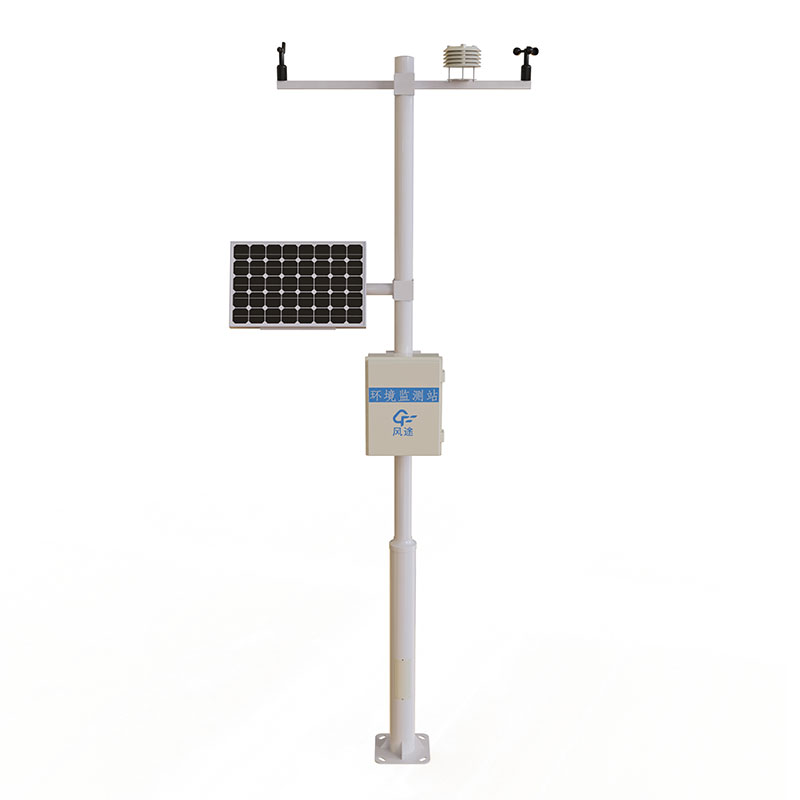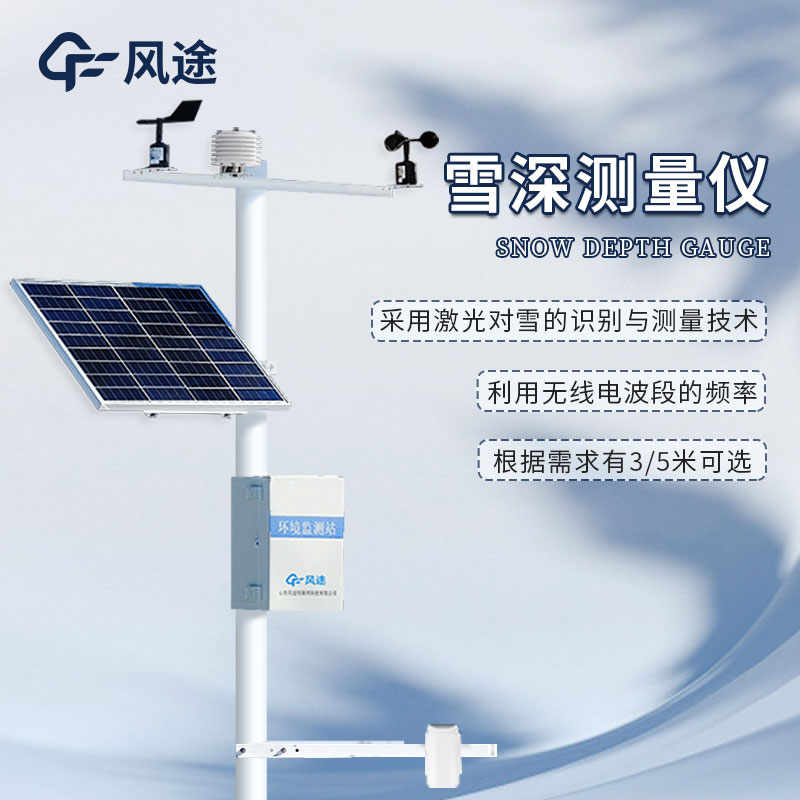Product
Recommended article
- How Forestry Weather Stations Bolster Forest Fire Prevention Efforts
- Discover the Power of Negative Oxygen Ion Monitoring System for Cleaner Air
- Comparative Analysis of Ultrasonic and Automatic Weather Stations in Meteorological Monitoring
- Breaking Through the ‘Last Meter’ with Online Dust Monitoring System
- Mastering Road Conditions with Road Weather Station
- Inhalable Dust Continuous Tester: A Portable Solution for Dust Concentration Monitoring
Contact us
Shandong Fengtu IOT Technology Co., Ltd
Sales Manager:Ms. Emily Wang
Cel,Whatsapp,Wechat:+86 15898932201
Email:info@fengtutec.com
Add:No. 155 Optoelectronic Industry Accelerator, Gaoxin District, Weifang, Shandong, China
Advantages of Negative Oxygen Ion Monitoring Stations
Article source:Weather station time:2024-03-12 09:28:44 viewed:26times
"China's Natural Oxygen Bar" is a climate symbol of the China Meteorological Administration, the awarded area must have good air, pleasant climate and complete facilities, which is very suitable for tourism, leisure and health.
Now many scenic spots have installed negative oxygen ion monitoring station, visitors can see the current negative oxygen ion concentration in the scenic spot.
Product features:
1. Modular design, flexible combination, suitable for large-scale deployment, monitoring factors can be set on demand.
2. Adapt to high temperature, low temperature, high humidity environment, stable operation.
3. Wireless transmission and RS485 interface, a variety of ways to transmit data, support for remote control and parameter modification.
4. Optional meteorological parameters monitoring module, including light, rain, radiation, UV, etc..
5. Optional parameter camera, support night and sight distance shooting, can automatically capture, real-time view.
Scenic anion monitor can automatically collect air cleanliness data around the clock, including anion, temperature and humidity, PM2.5 and PM10. Through the LED display, visitors can visualise the environmental parameters and enjoy the multimedia information promoted by the scenic spot. It helps to analyse the weather and climate and air quality, helps to build the brand of "China's Natural Oxygen Bar" and "Summer Tourism", and provides scientific and technological support for tourism and ecological development.

This paper addresses:https://www.yf182.com/industry/198.html
Related products
Related article
-
Multifunctional meteorological monitoring equipment for ten-element weather stations
2024-07-02 -
What are the advantages of the 12 metre manual pre-dischargeable lightning rod?
2024-05-28 -
Road condition monitoring stations for road safety
2024-06-03 -
Reducing Accident Risk with Road Weather Stations
2024-09-04 -
Agricultural Weather Stations, making farming more modern and smarter
2024-08-16 -
Meteorological monitoring system meteorological monitors
2024-06-21 -
Road surface temperature monitoring station application range
2024-06-25 -
How Negative Ion Monitoring Enhances Air Quality and Boosts Tourism in Forest Areas
2024-12-31










